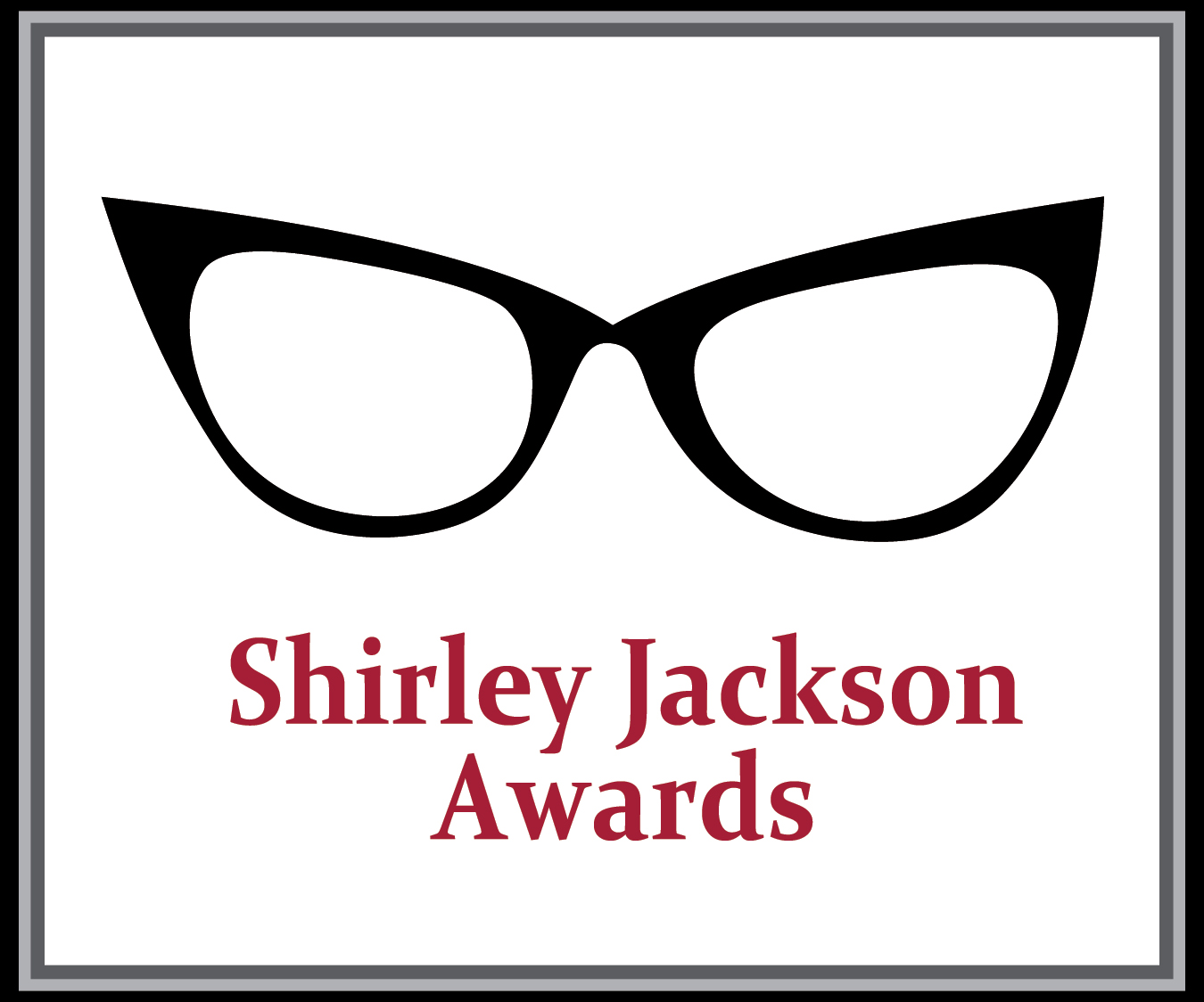Veronica Schanoes’ novella Burning Girls and her novelette “Phosphorus” are 2013 Shirley Jackson Awards nominees.
Charles Tan: Both Burning Girls and “Phosphorus” required some space for build-up and development. For you, what’s the appeal of the novelette and novella format?
Veronica Schanoes: Honestly, I just write the story, and then cut all the unnecessary bits, and it ends up being the length it has to be. As long as it holds the reader through to the end, I’m happy!
Charles Tan: What made you decide to focus on the working class and immigrants as the central characters for your stories?
Veronica Schanoes: There are the specific reasons with respect to these stories, and then there is the general reason. My parents are leftists–my father is actually a Marxist–and I was raised with a strong sense of leftist values and understanding of history. I learned early on how many people suffered and died–and are still suffering and dying–in order to make comfortable lives for the few. And people in power depend on those stories being hidden, forgotten, made unimportant, in order to justify their continued power and status. So I was taught to remember those stories and honor the people who work and fight for justice and human happiness.
With respect to these particular stories…I wrote “Phosphorus” in large part as a reaction against the glamorization of the nineteenth century that I see everywhere I look these days–corsets and clockwork and steam-power and tea and suitors and suchlike. The nineteenth century was a horrible time to be alive for most people in England (to say nothing of, for example, slaves in the US and the many people across the world subject to imperialist oppression and exploitation). Industrialization required the immiseration and exploitation of so many people. I wanted to work with something that would highlight that aspect of the nineteenth century, which is really its most dominant quality to me, and nothing, I think, makes that clearer than phossy jaw. And who got phossy jaw? Well, the women (and men) who worked in match factories. And the 1888 Matchgirls’s Strike was really the beginning of industrial unionism in the UK. So, there was the story.
“Burning Girls” began with a single idea, which was that someone should write a revision of “Rumplestiltzkin” set in the sweatshops and factories of the Lower East Side around the (second most recent) turn of the century. For many of us well-versed in labor history, in the history of New York City (and I am a lifelong New Yorker with a real love for the city), that era pivots around the Triangle Shirtwaist Factory fire. And these factories and sweatshops, like the match factories of London, were filled with immigrant workers.
It’s kind of a weird question to me, I guess. I wanted to write about phossy jaw and I wanted to write a story set in the garment factories of the Lower East Side–so of course those are stories about immigrant factory workers…because that’s who was there. So I guess the answer is…because those are the ideas I had. But I had those ideas because of the interests I have, the reading I’ve done, the values I hold, and ultimately because of the politics and morality I was raised with.
Charles Tan: Were there any difficulties in the research you had to do for Burning Girls and “Phosphorus”, especially since they’re both period pieces?
Veronica Schanoes: Hell, yes. I always used to say that I wouldn’t write historical fiction because I had to do enough research as is in my academic career. Famous last words, right? I did more research for “Burning Girls” than I’ve done for most academic articles I’ve written, and it literally took me years. I studied a number of different aspects–the Jewish magic tradition, the late 19th and early 20th-century Eastern European pogroms, the experience of immigration for Jewish women at that time (Irving Howe called it “The World of Our Fathers,” but our mothers were there too, and made that world as much if not more so), and I already had significant background knowledge regarding the waves of Jewish and Italian immigration 1880-1920 and the Triangle fire.
In contrast, the research for “Phosphorus” was a breeze. I used an amazing book by Louise Raw called Striking a Light: The Bryant and May Matchwomen and Their Place in History. I special-ordered it from the UK. It’s absolutely brilliant, and Raw did absolutely amazingly resourceful research in the face of a dual marginalization–labor historians wanted the 1889 Dockworkers’ strike to be the genesis of the New Unionism in the UK (because the match workers were girls and women) and feminist historians wanted to give all the credit to Annie Besant, a middle-class Fabian socialist who became a theosophist–nobody was willing to accept that working-class women and girls had agency of their own, took control of their own fates, and stood strong and militant. And won. Anyway, I read that book, and I already had some background knowledge about the Irish Potato Famine, and that story came together remarkably quickly.
The scary part–or perhaps the predictable part, given that I am an academic after all, is that despite what I always said about how I would avoid writing historical fiction, it turns out that I really enjoy the research. I’ve got a couple of projects I’m amassing the books for right now, actually.
